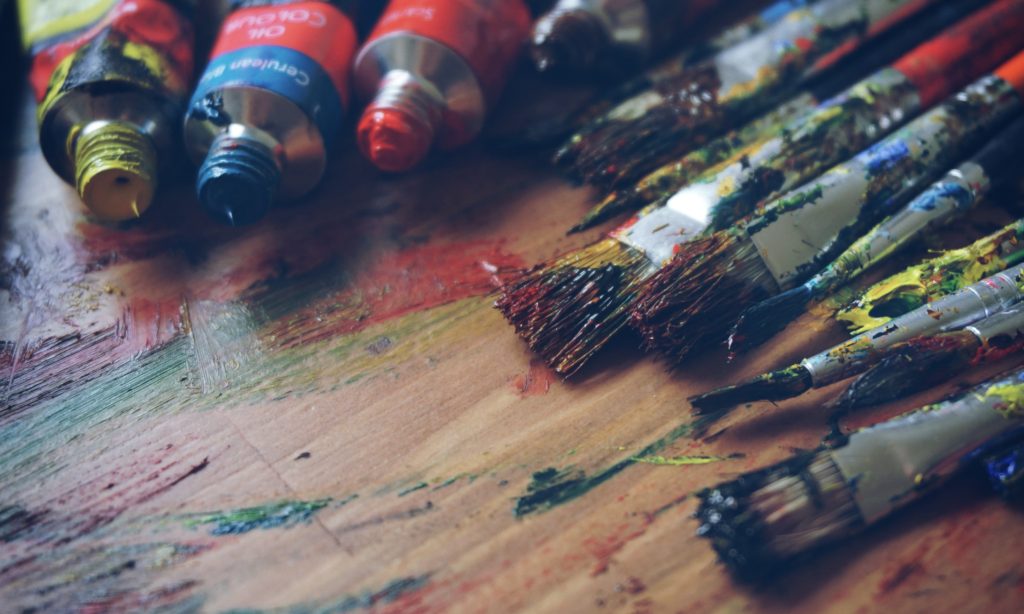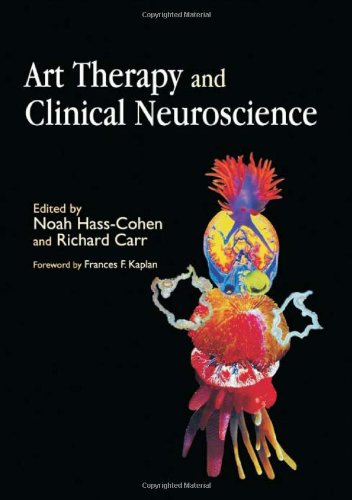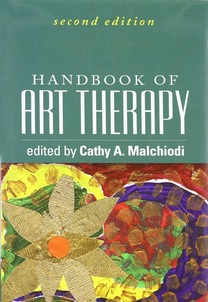A Little Bit About Art Therapy

Art therapy is a mental health profession that uses art making to enhance the emotional well-being of an individual. It is based on the belief that the creative process involved in artistic self-expression helps people to resolve conflicts, develop interpersonal kills, manage behavior, reduce stress, increase self-esteem, and achieve insight.
Art as Therapy vs. Art Psychotherapy
There are two general categories of art therapy: “art as therapy” and “art psychotherapy.” Both forms are used by art therapists as a means to help their patients achieve insight and healing.
Art as therapy believes in the inherent healing power of making art. This view embraces the idea that the process of making art is essentially therapeutic. Art making is seen as an opportunity to express oneself imaginatively, authentically, and spontaneously, in an experience that over time will lead to personal fulfillment and recovery.
Art psychotherapy is based on the idea that art is a means of symbolic communication. This approach emphasizes the end product (i.e. drawings, paintings, sculptures). The final products are analyzed by the therapist and can also be used to track the progression of treatment.
How does it work?
Art therapists use drawing, painting, and other art processes to assess and treat patients. They use art-based assessments to evaluate the emotional, cognitive, and developmental conditions. Using their skills in evaluation and psychotherapy, they choose materials and interventions appropriate to their patients’ needs and design sessions to achieve therapeutic goals and objectives. Art therapists also maintain appropriate charts, records, and periodic reports on patient progress.
Who are the Patients?
Art therapy is used with children, adolescents, adults, older adults, groups, families, veterans, and people with chronic health issues. It is frequently used to treat anxiety, depression, substance abuse, family and relationship conflicts, abuse and domestic violence, trauma and loss, as well as eating disorders. With the growing acceptance of complementary therapies, art therapy has more recently been applied to medical populations, such as those suffering from cancer, burns, chronic and acute pain, HIV, and asthma.
Who are Art Therapists?
Art therapists generally have undergraduate degrees in Fine Art and Psychology. Upon receiving a master’s degree in art therapy the therapist becomes a registered art therapist (ATR). The therapist may also take a written examination and become board-certified (ATR-BC).
Art therapists work in a variety of healthcare environments including hospitals, clinical out-patient facilities, mental health agencies, domestic violence and homeless shelters, community agencies, non-profit settings, sheltered workshops, correctional facilities, elder care facilities, art studios, schools and universities, and some have their own independent practice. Frequently, art therapists work as a part of their patients’ care team to implement a treatment plan.
Earnings depend on the type of practice, job responsibilities, and practice location. The average entry level income is about $32,000 and has a top earning potential of $80,000. Art therapists who possess doctoral degrees, are board certified, and run a private practice make an average of $120/hr.
Art Therapists & Psychiatric Nurse Practitioners
Talk about a dynamic duo! Art therapists and psychiatric nurse practitioners (NP) can work together to provide comprehensive mental health care that includes medication management and psychotherapy. Art therapists may refer their patients to psychiatric NPs for a psychiatric evaluation, and psychiatric NPs may refer their patients to art therapists for their specialized, creative form of psychotherapy.
Does anyone out there work with with art therapists or have experience with art therapy? I would love to hear your stories. Feel free to email me or comment below.



0 Comments on "A Little Bit About Art Therapy"